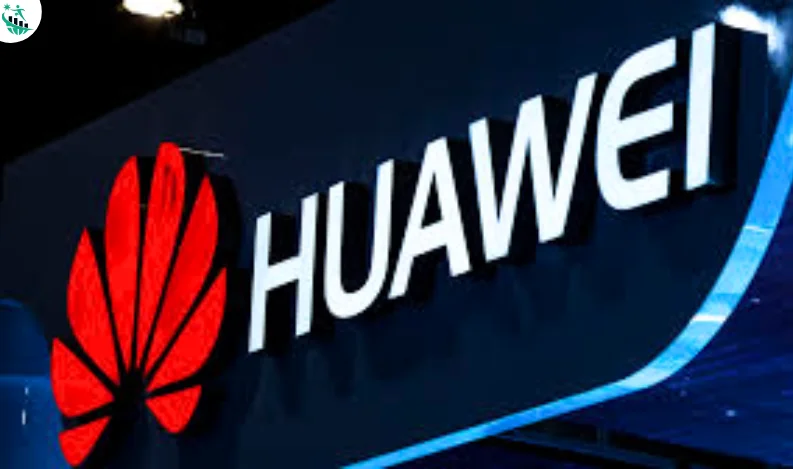
Huawei’s AI Rise: From Telecom Giant to China’s AI Powerhouse
Huawei, once synonymous with telecommunications, has rapidly emerged as China’s central figure in artificial intelligence, offering not just chips, but an entire AI ecosystem. Despite years of sanctions and trade restrictions from the U.S., the company has evolved into a formidable player rivaling global leaders like Nvidia.
Today, Huawei manufactures its own AI chips, operates massive data centers, and deploys AI software across sectors such as mining, finance, and healthcare. Its Ascend chip series, coupled with the AI CloudMatrix 384 system, is being used to replicate the performance of Nvidia’s high-end GPUs, often outperforming them in specific industrial use cases.
Huawei’s rise was catalyzed by adversity. After being blacklisted by the U.S. in 2019 and cut off from key global chipmakers like TSMC, Huawei pivoted. It expanded from smartphone and 5G infrastructure into areas such as AI chips, cloud services, and intelligent applications. Working with Chinese chipmaker SMIC, Huawei launched competitive alternatives like the Ascend 910B and soon the 910C.
In parallel, Huawei has built its own AI software stack. Its “CANN” system offers developers a CUDA-like environment, while its Pangu AI models cater to sector-specific solutions, from autonomous trucks in coal mines to medical diagnostics. With over 20 industries using its AI models, Huawei is reshaping industrial AI application in China and abroad.
The company’s strategy, termed the Ascend Ecosystem, integrates Huawei Cloud, chips, AI models, and industry deployment. Executives expect this ecosystem to scale across regions aligned with China’s Belt and Road Initiative, targeting markets in Central Asia, Latin America, Africa, and Southeast Asia.
While integration challenges and global sanctions remain, analysts believe Huawei’s growing capabilities and national backing make it a long-term AI contender. As Nvidia’s CEO Jensen Huang put it: Huawei is one of the most formidable technology companies in the world, and now, it’s proving that in AI.



Recent Comments: